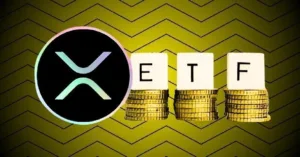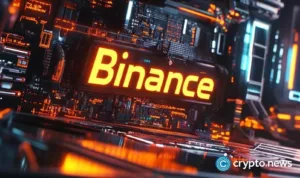Liquidity pools are crypto assets that are kept to facilitate the trading of trading pairs on decentralized exchanges.
Liquidity pools are pools of tokens locked in smart contracts that provide liquidity in decentralized exchanges in an attempt to attenuate the problems caused by the illiquidity typical of such systems. Liquidity pools are also the name given to the intersection of orders which create price levels that — once reached — see the asset decide whether to continue to move in uptrend or downtrend.
The advantage of using liquidity pools is that it does not require a buyer and a seller to decide to exchange two assets for a given price, and instead leverages a pre-funded liquidity pool. This allows for trades to happen with limited slippage even for the most illiquid trading pairs, as long as there is a big enough liquidity pool.
One of the first decentralized exchanges to introduce such a system was Ethereum-based trading system Bancor, but was widely adopted in the space after Uniswap popularized them.




